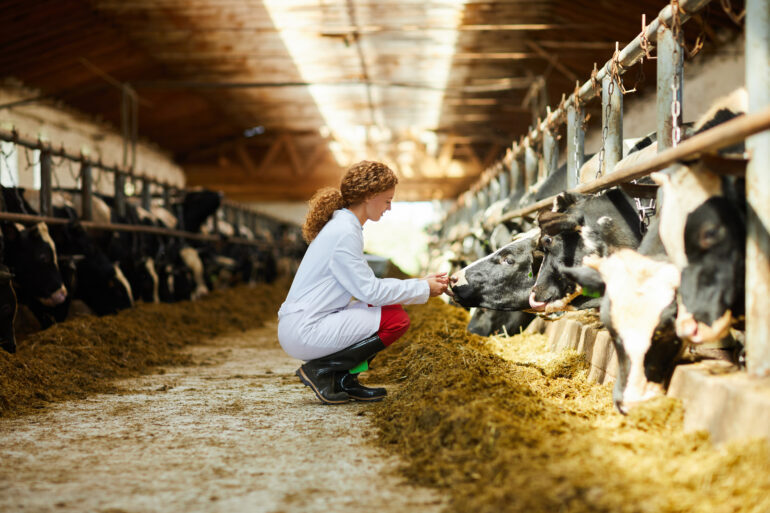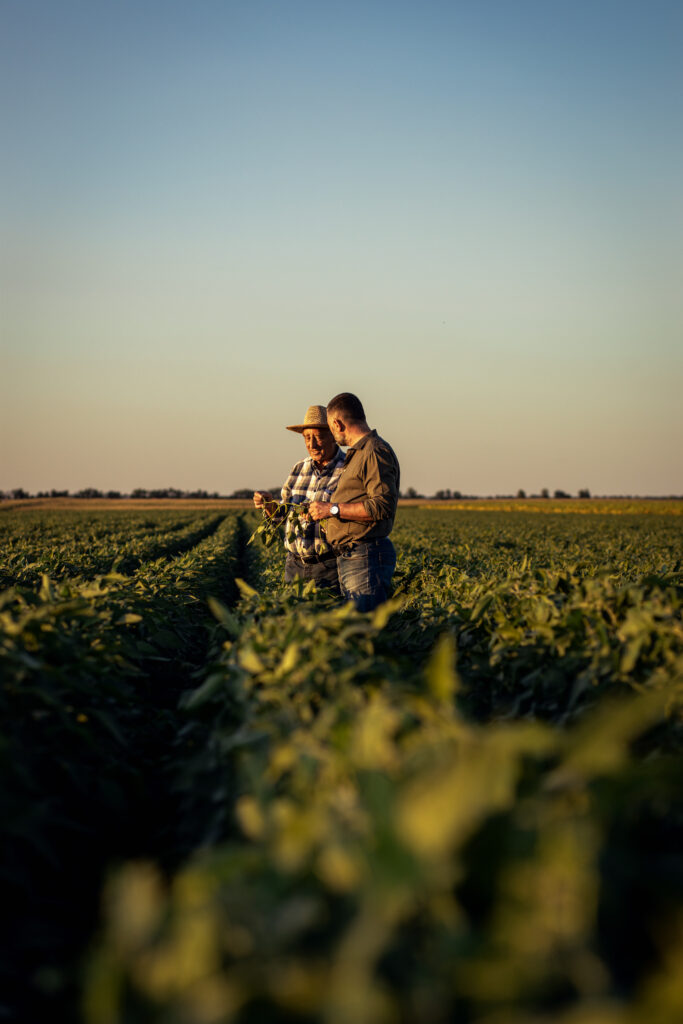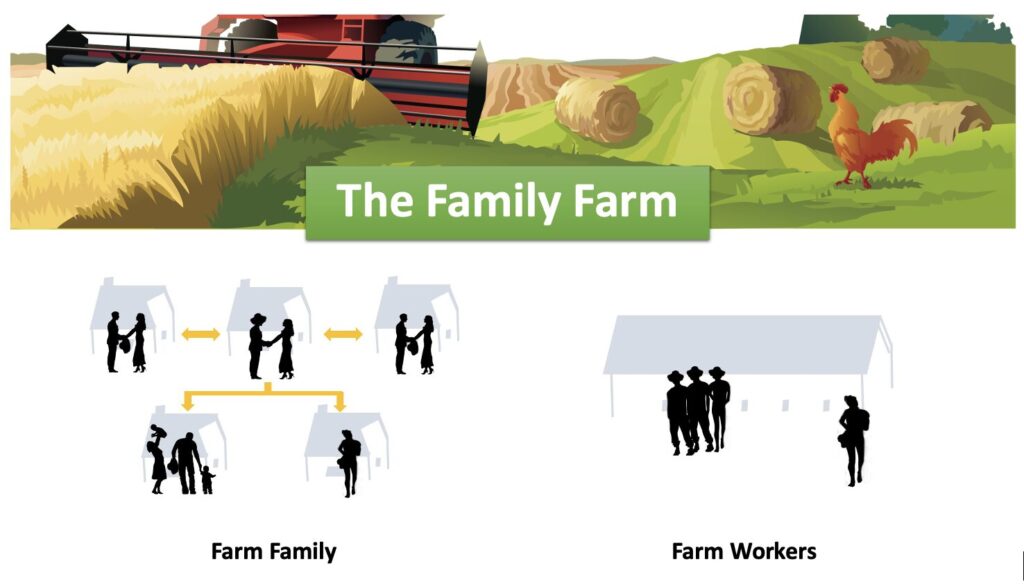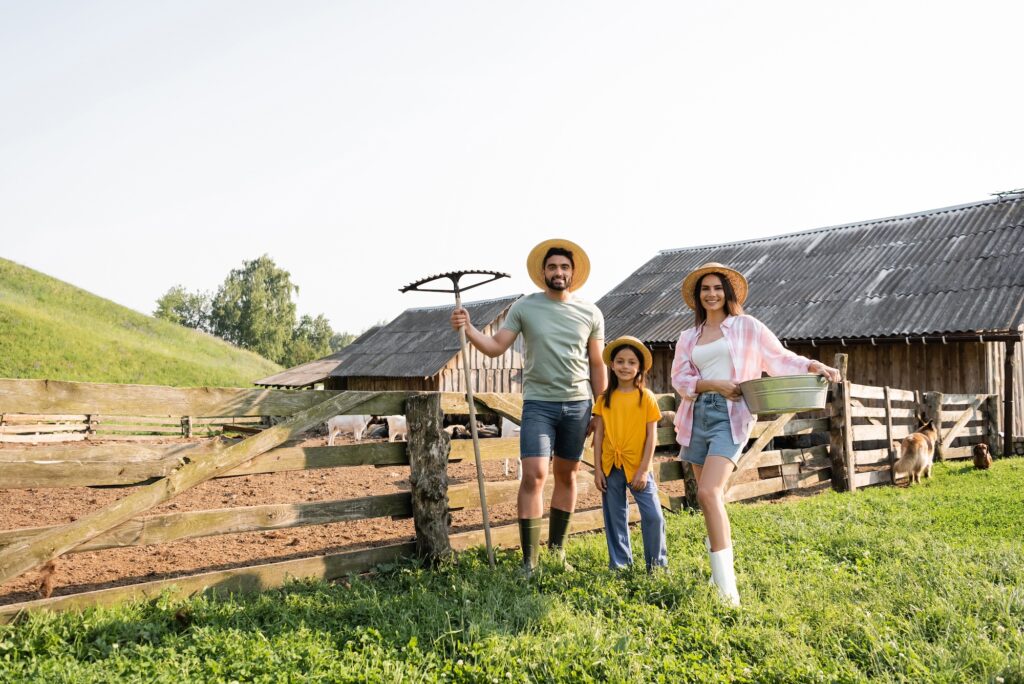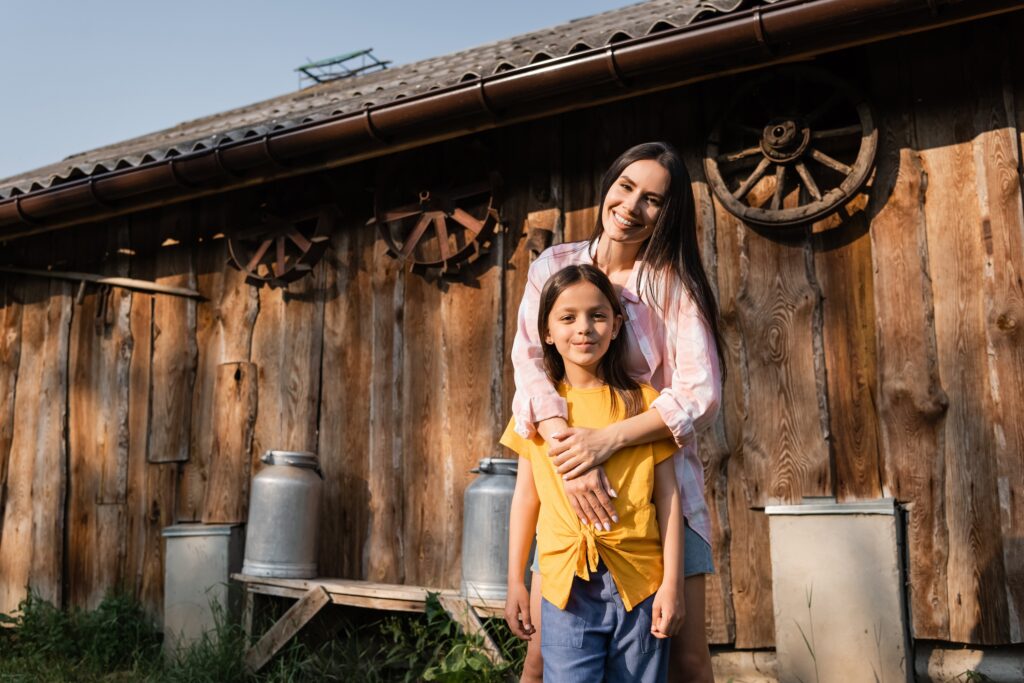Background
In 2017, two years after completing a doctoral degree at East Carolina University (ECU) in medical family therapy, I incorporated my own family therapy and consulting firm dedicated to serving the mental health and behavioral health needs of the farming community. It was never my intention to start a consulting business, but as there were no job listings for a farm-therapist, I found myself organizing a consulting firm. I would later discover the agricultural organizations that specialize in agricultural healthcare, but agricultural behavioral health was still developing.

The agricultural behavioral health niche and specialization exists in agricultural health and safety and some psychology circles, areas which I was still yet to discover.1 Nevertheless, my aim upon completing my graduate work was to serve the families who make their living working on family farms.
My purpose in writing the following article is to give the reader a brief overview of what agricultural behavioral health is, to explain why and how I pursued this path, and to offer information, recommendations, and resources to others who might be interested in working in this niche or specialization. Incidentally, agricultural behavioral health is both a “niche” and a “specialization.” It is a niche because the agricultural population is a specific segment of the broader population, and it is a specialization because it will require mental health providers to understand the culture of the people and the culture of the occupation in order to provide the most effective assessments and interventions.
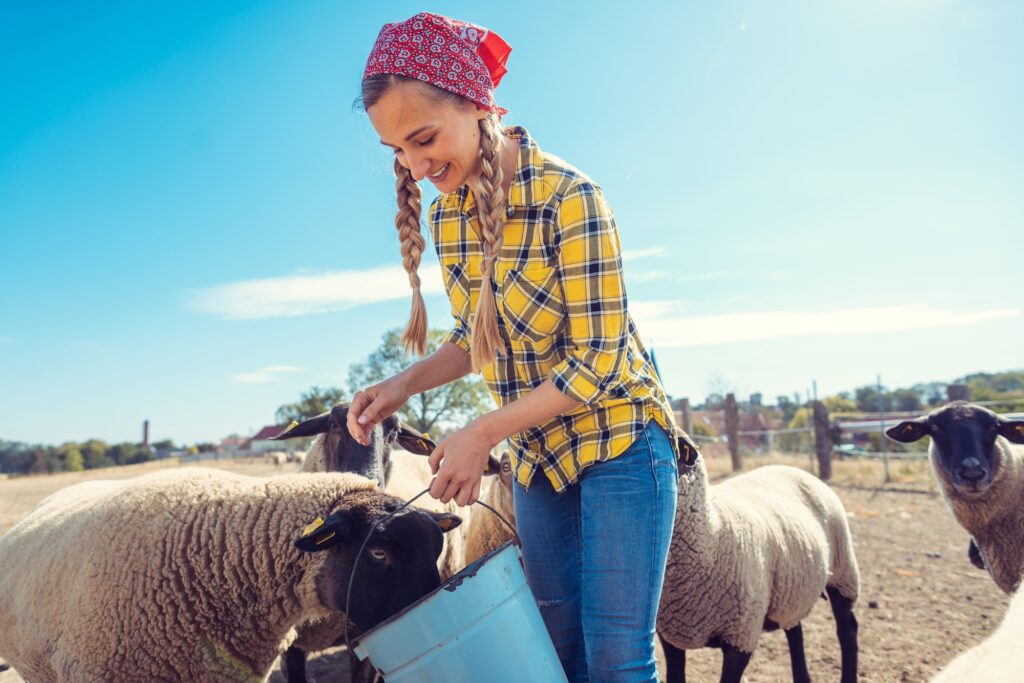
Additionally, I offer the reader my own experiences and knowledge based on what I have learned over the years working with this culture as a mental health professional. The world of agriculture is unique, with a professional circle of healthcare providers who are skilled in working with this population. While I am not new to the culture of farmers and farming, I am certainly late on the scene to agricultural healthcare.
Introduction to agricultural behavioral health
I first encountered the term “agricultural behavioral health” in an online publication by Dr. Mike Rosmann. Dr. Rosmann is a clinical psychologist and farmer and was the first to develop a mental health response in the state of Iowa during the farming crisis of the 1980s (Rosmann, n.d.). Iowa was known as the “epicenter of disastrous events that brought generations of farmers to their knees” (excerpt from the documentary The Farm Crisis; Iowa PBS, July 1, 2013). During the ‘80s farm crisis, many family farms were confronted with foreclosure, farm families across the country lost everything, and farmer suicides sky-rocketed (2013). Dr. Rosmann has been instrumental in developing the new specialty of agricultural behavioral health, and has remained at the forefront of the mental health response to farm families. His latest book, titled Agricultural Behavioral Health, is to be released this year (Rosmann, n.d.)

Crises in agriculture are not new (Melichar, 1977), and the associated mental health crises for farmers are certainly not new, just perhaps unacknowledged in the social sciences in decades past (Cogner & Elder, 1994). As of today, a quick search through the literature will expose a wealth of recent, global mental health studies focused on the farming population (Daghagh Yazd et al., 2019), and demonstrates a growing interest in farm-related mental health research; however, evidence of effective interventions is still lagging (Hagen, et al., 2019; Younker & Radunovich, 2021).
Farm policy
Modern farm policy in America was built on the events that stretched from 1970 to 1989, an era that has been compared with the era of World War I, where farm policy originated (Coppess, 2018). Through the 1970s and 1980s the agricultural sector in America began to expand into larger national and global economic systems, which subsequently made it more vulnerable to economic and political influences (Barnett, 1993). Incidentally, since farming is now a global industry, food security also means national security.
My Story

My family’s farm (the Woodlief Homeplace, 1881). I purchased the house and farm from my grandfather in 1983 – Operating today as Bell & Wood Botanicals
It was the farming crisis of the 1980s that prompted my interest in mental health support for farming families and my pursuit as a family farm therapist. My early years were spent on my own family’s farm working alongside family members in the fields, at the barns, in the stables, the pastures, and in-and-out of pick-up trucks. We owned a small-scale farm just south of the North Carolina-Virginia border. We grew the traditional row crops of tobacco, sweet potatoes, soybeans, and corn; and we raised small livestock. This farm had been in our family for many generations, and as is typical for multi-generational family farms, our entire family worked on the farm. In addition, many of our family members also lived on the farm property. Consequently, several families were dependent on the viability of this one farm, a phenomenon still seen throughout the farming population.
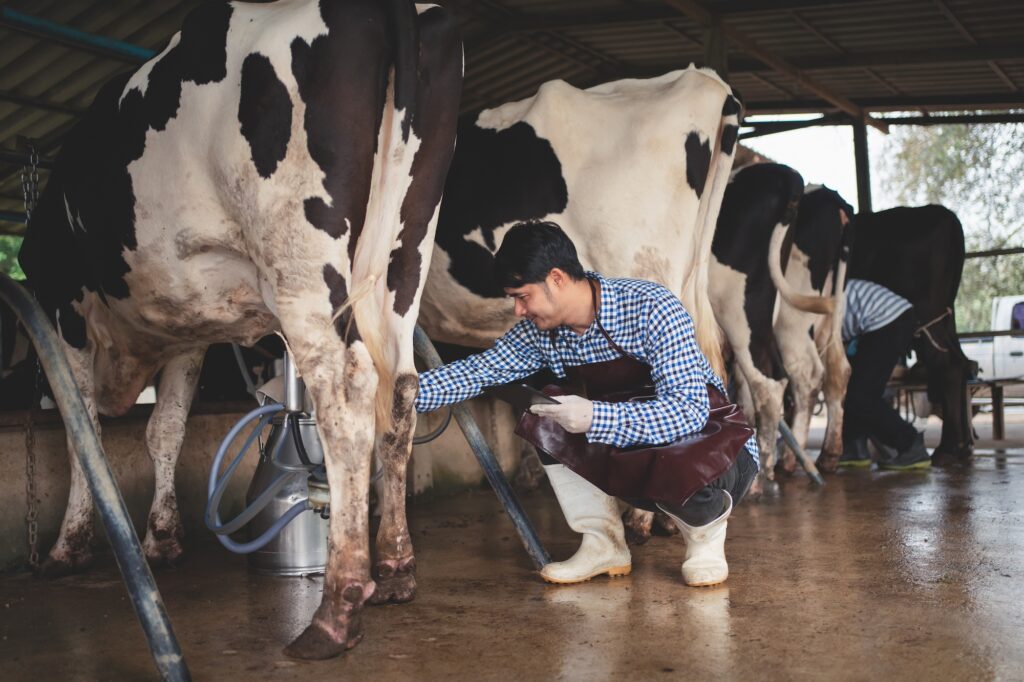
Much like farming was in my family’s blood, so were other predispositions. Several members of my family, across the generations, demonstrated features of severe mental illness, but the associated stigma served as the deterrent for seeking help. My father, in fact, would eventually succumb to the stress associated with farming, be diagnosed with schizophrenia, and be in and out of hospitals for the remaining days of his shortened lifespan (he died at the age of 67). Though we did not lose the farm to the financial calamities going on around us, it was the stigma of mental illness that motivated my great-uncle to quietly rewrite his last will and testament, removing my father as heir to the acreage that had been promised to him, the land that my family had worked and lived on for so many years, the land that we depended on for our survival. We subsequently lost our entire livelihood, our entire lifestyle, our house and home; our identity. The grief was difficult for all of us to bear, and on more than one occasion, my father attempted to join the statistics of farmer suicides.2
Family farms in America: The numbers
In 1862, 90% of Americans were farmers and by 1920, this number was down to 30% (Public Broadcasting Service, n.d.). Beginning in 1940 and over the next four decades there was a dramatic decrease in the nation’s population living on farms. By 1981, there were less than 3% of the U.S. population farming (n.d.). In this same time, the average size of a farm more than doubled, and much of rural America branched out into nonagricultural industries (Cogner & Elder, 1994). Today, farm and ranch families comprise less than 2% of the U.S. population (American Farm Bureau Federation, n.d.). It is these 2% who subsequently provide food and fiber to the rest of us, and we need them to be successful.
Current mental health concerns in agriculture
Current global research indicates that family farms are in crisis (Daghagh Yazd, 2019). National reports of suicide among the farming population are at alarming rates, with some U.S. data indicating 3 times the suicide rates of the general population (Norrod et al., 2023; Peterson et al., 2020). Furthermore, we know from research that it is the occupation-related stressors that put this population at risk for suicide (Daghagh Yazd, 2019).
